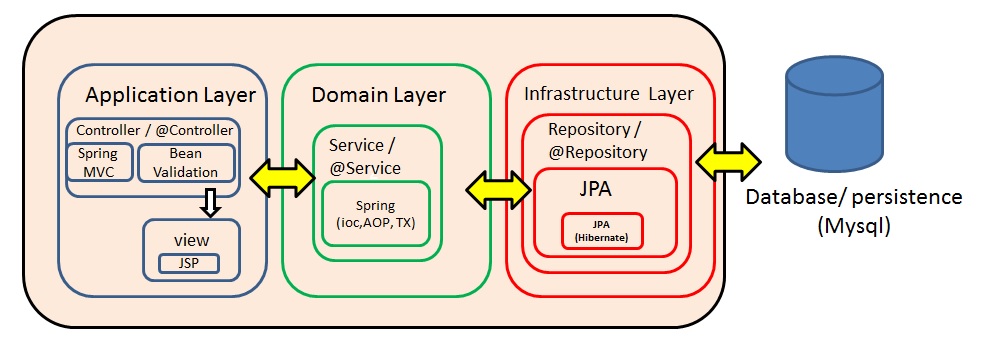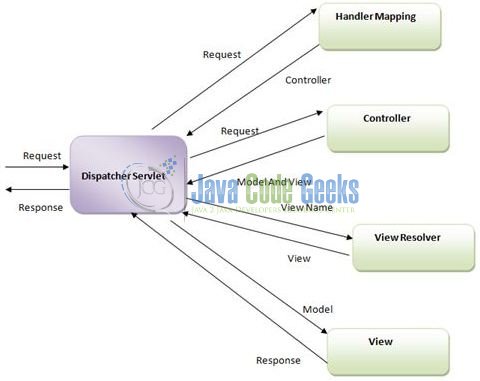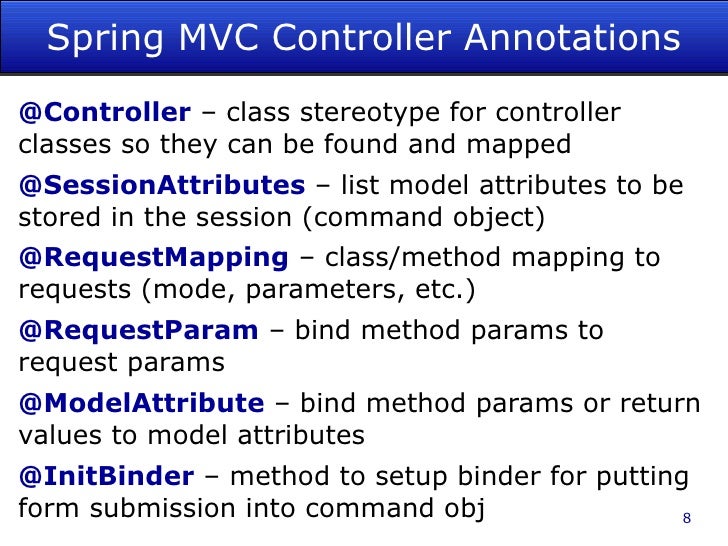
Now we need to add dependencies for our project. Just click Finish and your Maven project basic setup is completed. For this tutorial, I am providing the name as STMSystem as you can see in the screenshot below: In the next step of the wizard, you need to specify your project group id, ArtifactId and your project’s package name will be populated accordingly.įor artifactid, provide the project name. Since we are going to implement a web project, we will choose maven-archetype-webapp for our project as you can see below: We are provided with different archetypes for different type of projects to choose. In the Next step, you will be asked to choose the archetype from the list. For the Work space location, keep default or else if you want to place the project in a new workspace, you can specify that as well. To create a Maven Project, in your Eclipse IDE choose File–>New–>Project and then choose Maven Project. Step 2: Create Maven Web Project Using Eclipse IDE and Add All Dependencies With the database table ready, we are now good to go with our next step of setting up our Eclipse Maven Project. Now we will create a table in this schema with the below script:ĬREATE TABLE TBL_PRODUCT (PRODUCT_ID int NOT NULL,PRODUCT_NAME varchar(255),PRODUCT_PRICE double,PRODUCT_TYPE varchar(255),PRIMARY KEY (PRODUCT_ID)) I created a schema with the name STM using below statement: For this basic module, we will create only one table in the database.Ĭonnect to your MySQL server and create a new Schema. Step 1: Create MySQL Database Table for Spring MVC Tutorial Stock Management System ModuleĪs I explained before, we will implement only one primary module for stock management system for allowing user to add new products to the stock, delete any products and to view all details of the products available in the stock. If you want to refresh your concepts about Spring MVC flow or if you don’t have prior idea of MVC Request flow, I will highly recommend to spend a couple of minutes reading the above post and then move forward with Step 2 of this Spring MVC practical implementation tutorial on the next page. Spring MVC Request Flow Explained Step by Step Now you have fair idea of all the tools and technologies being used and also about the business case we are going to implement let us jump into the implementation part step by step.Īs part of this tutorial, I will not explain Spring MVC Flow as I have explained Spring MVC Request Flow in detail in another post with the link below: Technologies Used for This Spring MVC Tutorial

Spring mvc example project with annotation update#

Display All Products available in the stock.Add New Products in the stock management system.This stock management system will provide options for the user to:


In this tutorial, we will implement a basic module of Product Stock Management. Test Scenario Implemented as Part of This Tutorial An understanding of Eclipse IDE is also desired as we will use Eclipse IDE for developing the application. You should also have basic knowledge of relational databases on top of OOP concepts. This tutorial is written in a detailed manner with each and every step explained thoroughly and it is recommended for anyone who has concepts of core java and is eager to jump into the bandwagon of Spring Framework-particularly Spring MVC.


 0 kommentar(er)
0 kommentar(er)
